Best Ski Gear for Kids – The Ultimate Guide for Parents
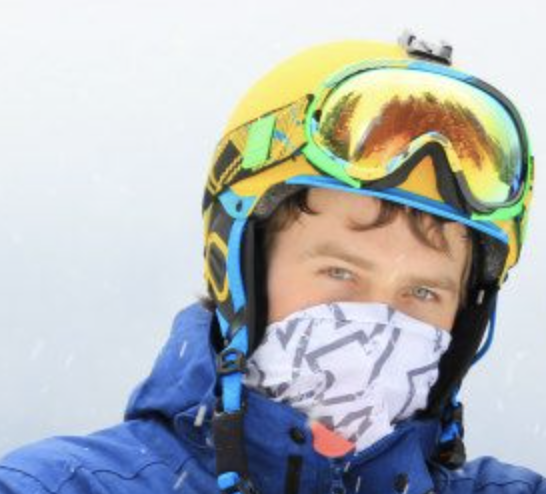
min read

min read
Finding the best ski gear for kids is essential for their comfort, safety, and overall skiing experience.
Unlike adults, children are more sensitive to cold, need a better fit for stability, and require lightweight equipment to improve their skills. The wrong gear can lead to discomfort, poor performance, and even increase the risk of injury—so choosing wisely is crucial.
This article is full of usefuf informational links for you to find best deals for every component of your kids ski gear.
Many parents wonder:
Should I buy or rent ski gear for my child?
What are the must-have essentials for young skiers?
How do I ensure my kid stays warm and dry on the slopes?
This guide answers all these questions and more, giving you expert recommendations on (click on the links to get best deals on kids ski gear) jackets, ski boots, helmets, goggles, gloves, and layering techniques.
Whether you’re buying or renting, this article will help you make the best decision for your young skier, ensuring they have a fun, safe, and comfortable experience on the mountain.
This post contains affiliate links, which means that if you purchase a product through one of these links, I may receive a small commission at no extra cost to you.
I want to be completely transparent—this doesn’t affect which products I recommend. I’ve spent hours researching and comparing different ski gear to ensure you get the best options for your child.
My goal is to save you time and help you find high-quality ski equipment quickly and easily, so you don’t have to dig through endless reviews yourself.
Every product listed here is carefully selected based on quality, performance, and real user feedback, ensuring that you get only the best ski gear for kids.

Choosing the right ski gear for kids can make or break their experience on the slopes.
The right equipment ensures they stay warm, comfortable, and safe, while poorly fitted or low-quality gear can lead to frustration, discomfort, and even accidents.
Many parents make the mistake of buying oversized gear, thinking their child will “grow into it.” While this might seem practical from a budget standpoint, ill-fitting equipment can make skiing more difficult and even dangerous.
Too-big boots, skis, or jackets can affect balance and movement, increasing the risk of falls and making it harder for kids to control their movements.
Here are the key factors to consider when choosing the best ski gear for kids:
You want gear that makes it easy for kids to dress themselves. Struggling with tricky closures or stiff boots in freezing weather can frustrate them and delay getting on the slopes.
Parents often wonder if premium ski gear is worth the investment. The truth is, you don’t need to buy the most expensive equipment for your child to have a great skiing experience.
Budget-friendly options can still provide good warmth, waterproofing, and durability, but they may lack premium features like adjustable sizing, better ventilation, or advanced materials. If your child is just starting out and will only ski a few times per season, mid-range or rental gear may be a better option. However, if they are serious about skiing or skiing multiple times per year, investing in quality gear will improve their comfort and performance.
With these factors in mind, let’s dive into the essential ski gear your child needs to have the best experience on the slopes. 🚀
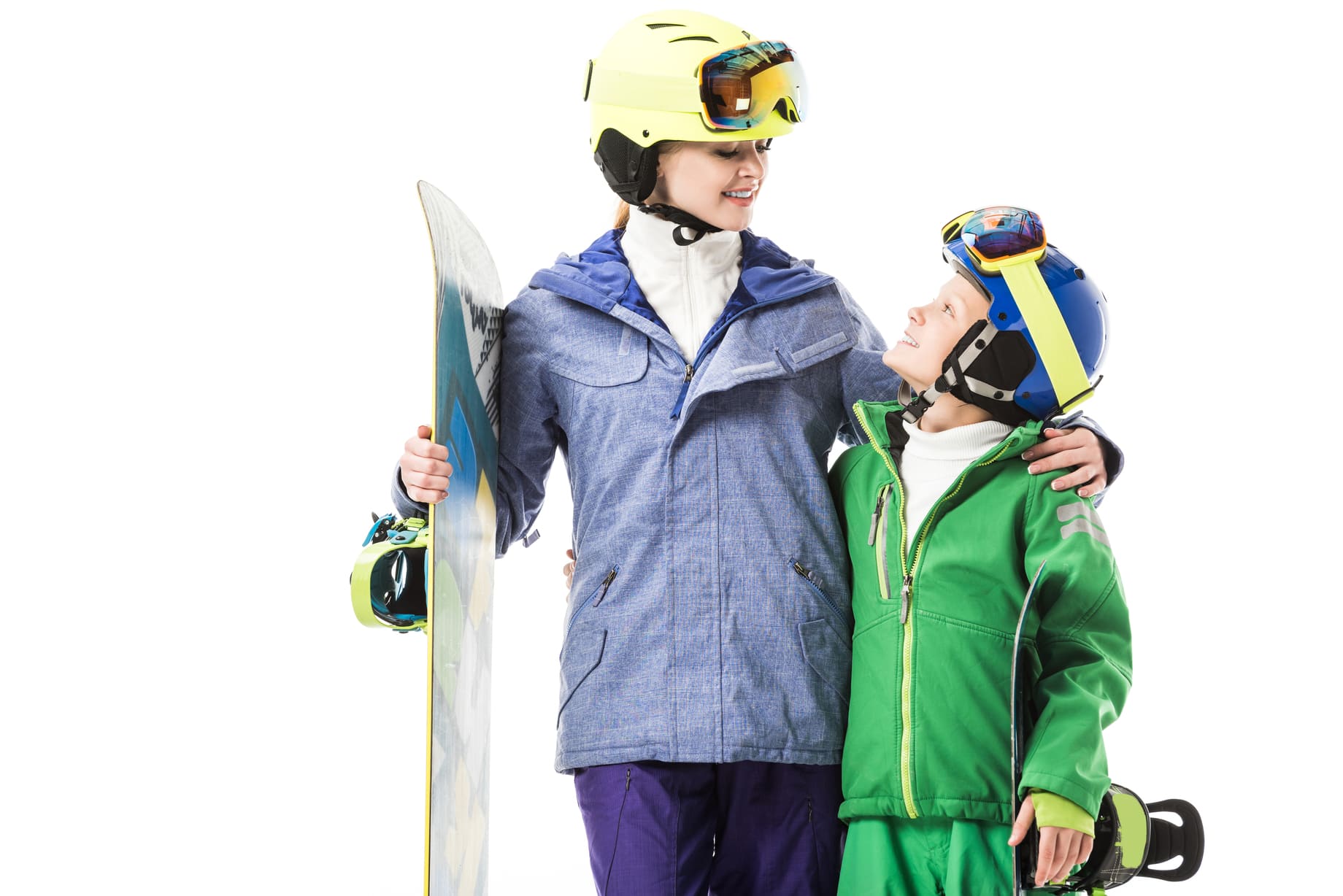
A high-quality ski jacket and pants are essential to keep your child warm, dry, and comfortable on the slopes. Here’s what to consider when selecting these items:
Waterproof Rating: Aim for a rating of 10,000 mm or higher to ensure adequate protection against moisture.
Insulation: Opt for materials like synthetic insulation (e.g., PrimaLoft) or down to provide warmth without excessive bulk.
Adjustability: Features such as Velcro straps, elastic cuffs, and extendable pant legs accommodate growth and ensure a snug fit.
Here are some reputable brands offering quality kids’ ski jackets and pants with links to the best offers:
Columbia: Known for durable and affordable ski wear.
Patagonia: Offers high-performance gear with a focus on sustainability.
Helly Hansen: Provides professional-grade ski apparel designed for harsh conditions.
The North Face: Features a wide range of insulated and waterproof ski clothing.
Obermeyer: Specializes in kids’ ski wear with vibrant designs and practical features.
Burton: Offers stylish and functional ski and snowboard apparel for children.
Spyder: Known for high-quality materials and performance-oriented designs.
Mountain Warehouse: Provides budget-friendly options without compromising on quality.
Reima: Focuses on children’s outdoor clothing with excellent waterproofing and insulation.
Decathlon (Wedze): Offers affordable and reliable ski wear for kids.
Investing in quality ski jackets and pants ensures your child remains comfortable and protected, allowing them to fully enjoy their skiing experience.
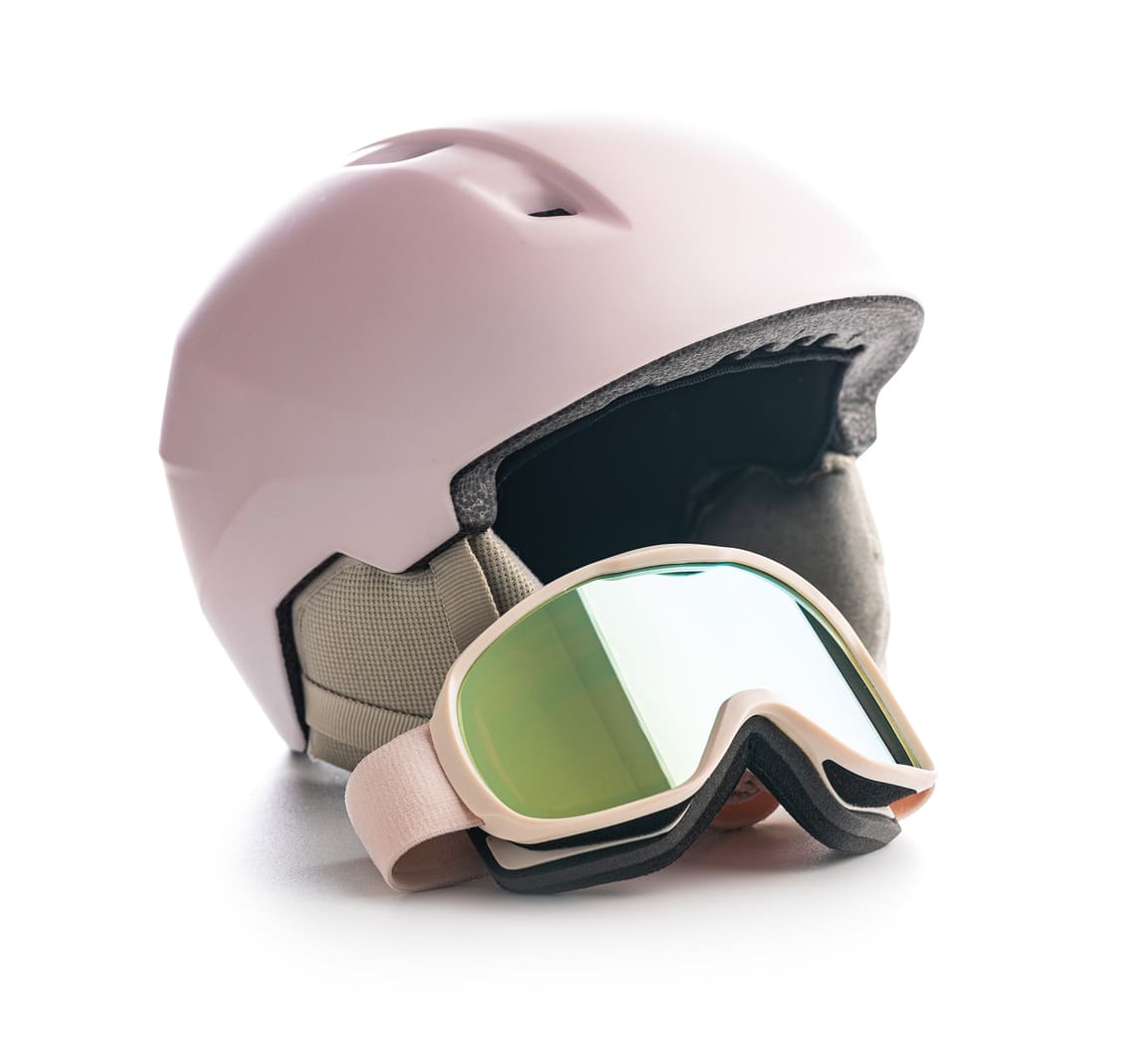
Ensuring your child’s safety on the slopes begins with selecting a high-quality ski helmet. Here’s an in-depth guide to help you make an informed choice:
Size & Fit: Accurate sizing is paramount. Measure your child’s head circumference just above the eyebrows and ears to find the appropriate helmet size. A well-fitted helmet should sit snugly without causing discomfort and remain stable during movement.
MIPS Technology: The Multi-Directional Impact Protection System (MIPS) is designed to reduce rotational forces during angled impacts, offering enhanced brain protection.
Ventilation & Comfort: Opt for helmets with adjustable vents to regulate airflow, preventing overheating during intense activity and retaining warmth during colder periods.
Here are some reputable brands and models (with links to best offers) to consider:
Here you can find best offers for kids ski helmets from Amazon. Safe, customizable, adjustable and budget friendly helmets. 1000 different options to choose from.
Smith Glide Jr. MIPS: This lightweight helmet offers MIPS technology and is designed specifically for young skiers.
Giro Spur MIPS: Designed for young skiers, this helmet offers MIPS technology and a comfortable fit.
POCito Obex MIPS: This adjustable helmet features high-visibility fluorescent colors and reflective detailing for added safety.
Wildhorn Spire Combo Pack: This helmet comes paired with premium ski goggles, suitable for children aged 3-8.
Salomon Grom Helmet: A lightweight helmet with good ventilation, suitable for young skiers.
Anon Burner Kids Snow Helmet: Features a magnetic strap closure and soft fleece liner for comfort.
Bern Bandito MIPS: A versatile helmet that can be used year-round, featuring removable liners and ear pads.
Marker Vijo Helmet: This helmet features an integrated visor and is designed for kids, offering both protection and convenience.
Investing in a quality ski helmet equipped with modern safety features ensures that your child is well-protected while enjoying their time on the slopes.
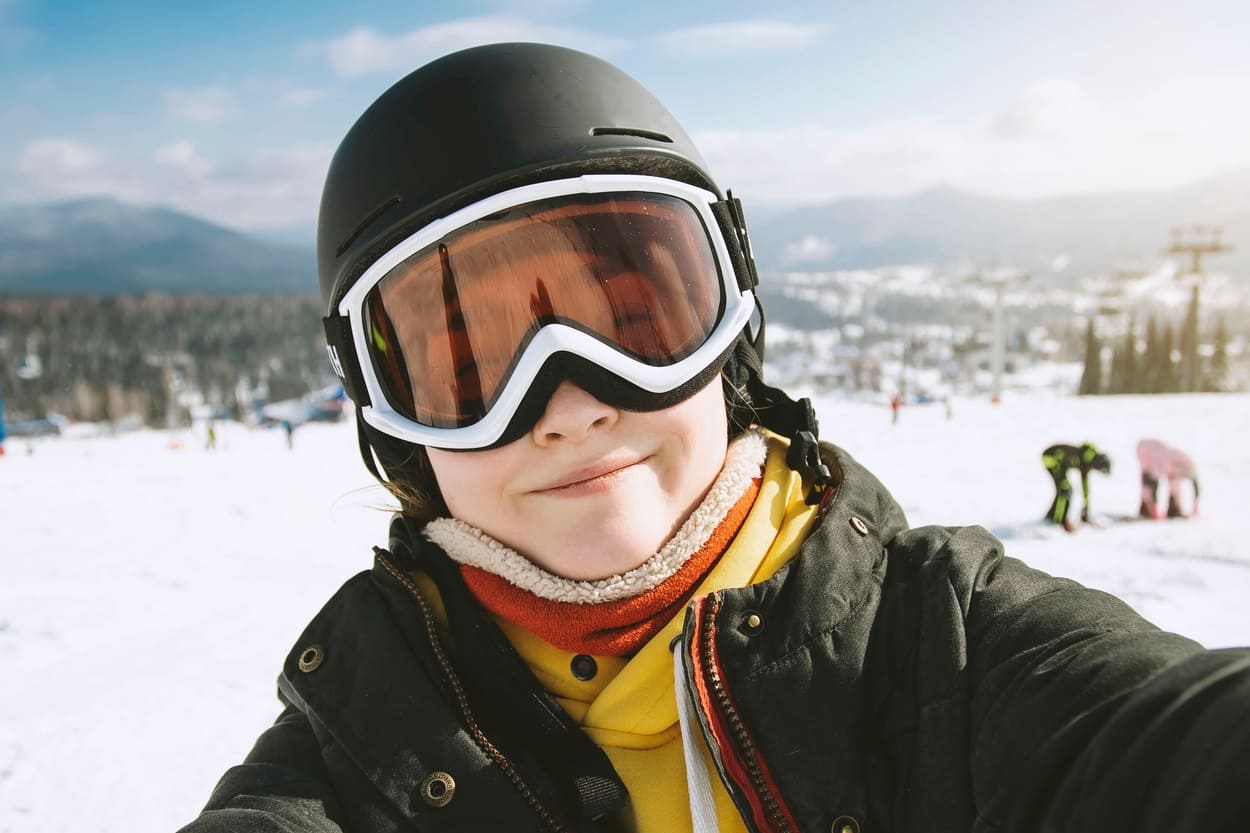
Ski goggles are one of the most important pieces of ski gear for kids. They protect against UV rays, wind, snow glare, and even falling debris, ensuring that children can see clearly in all weather conditions. A good pair of ski goggles enhances visibility, improves contrast in low-light conditions, and helps prevent eye strain and irritation from the cold.
✅ Anti-Fog Coating – Prevents condensation build-up inside the lenses, keeping vision clear even in humid or changing weather conditions.
✅ UV Protection – Look for goggles with 100% UVA/UVB protection to shield children’s eyes from harmful rays at high altitudes.
✅ Lens Color Options –
✅ Double-Layer Lenses – Help reduce fogging by creating an insulating air barrier.
✅ Adjustable Strap – A wide, non-slip adjustable strap ensures that goggles stay securely in place over a helmet.
✅ Helmet Compatibility – Make sure the goggles fit snugly and comfortably with your child’s ski helmet.
✅ Ventilation – Some goggles have venting systems to allow air circulation and prevent moisture build-up.
There are plenty of great ski goggle brands that manufacture high-quality models for kids. Here are some of the best ones:
Here you can find best offers for Goggles for Kids from Amazon (upto 30% off). Anti-fog, UV protected, customizable, adjustable and budget friendly ski goggles. 904 different options to choose from.
🔹 Oakley O-Frame XS – A great fit for smaller faces, featuring anti-fog coating and high-definition optics for clear vision.
🔹 Smith Daredevil – Designed for maximum comfort, these goggles have fog-resistant dual lenses and are compatible with helmets.
🔹 Anon Tracker 2.0 – A stylish and durable option with a wide field of vision and vented lenses to prevent fogging.
🔹 Giro Chico – Excellent for young skiers and snowboarders, offering a comfortable fit and good ventilation.
🔹 Bolle Volt – Features anti-fog and anti-scratch coatings, with a lightweight and durable frame.
🔹 POCito Retina – A high-end option with superior optical clarity, anti-fog coating, and a flexible frame for extra comfort.
🔹 Scott Buzz OTG – Designed for kids who wear glasses, providing extra space inside the frame for prescription lenses.
🔹 Julbo Atmo – Premium-quality goggles with photochromic lenses, meaning the tint automatically adjusts to light conditions.
🔹 Uvex Speedy Pro – A great budget-friendly choice with basic UV protection and good ventilation.
Investing in good-quality ski goggles will improve your child’s visibility, comfort, and overall skiing experience, making their time on the slopes safer and more enjoyable! 🎿
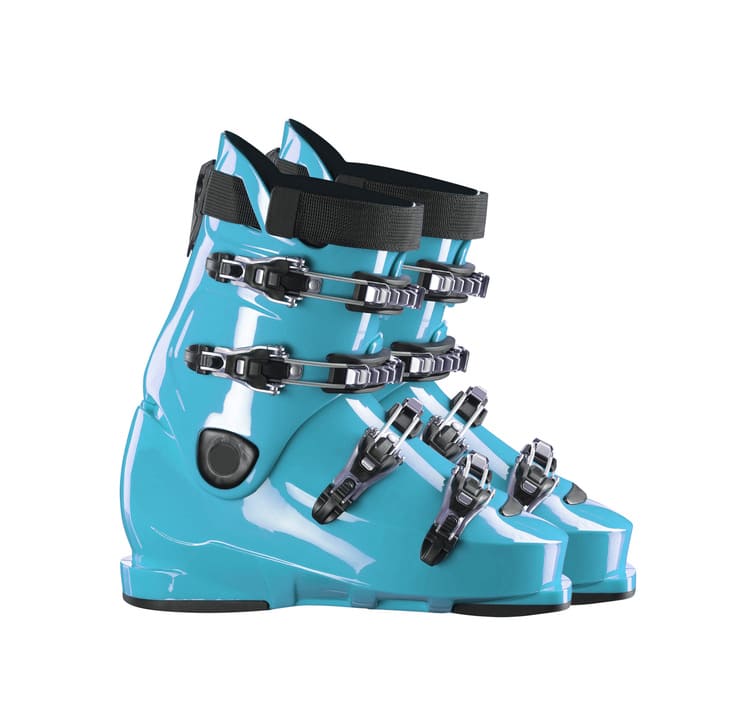
Choosing the right ski boots for your child is crucial to ensure both comfort and control on the slopes. Properly fitted boots enhance performance and reduce the risk of injury, making skiing a more enjoyable experience for young enthusiasts.
Flex Rating: The flexibility of the boot, known as the flex rating, should correspond to your child’s skill level and weight. For beginners, a softer flex (30 to 50) is ideal, as it allows for easier maneuverability. Advanced young skiers may benefit from a stiffer boot that offers greater responsiveness.
Easy Entry Systems: Children often struggle with putting on and removing ski boots. Models featuring rear-entry designs or multiple buckles can simplify this process, promoting independence and reducing frustration.
Proper Fit: A well-fitted boot should be snug without causing pain. It’s essential to have the boots professionally fitted, considering that children’s feet grow rapidly. Some boots offer adjustable sizing to accommodate growth, providing extended usability.
Here are some recommended models that cater to various skill levels and needs:
Our favorite pick: Nordica Junior Speedmachine J2 Ski Boots. Durable, Comfortable, Warm, Downhill Ski Boots with 2 Buckles & Weight Adjuster.
Investing in the right pair of ski boots not only enhances your child’s performance but also fosters a love for the sport by ensuring they are comfortable and confident on the slopes. ⛷️
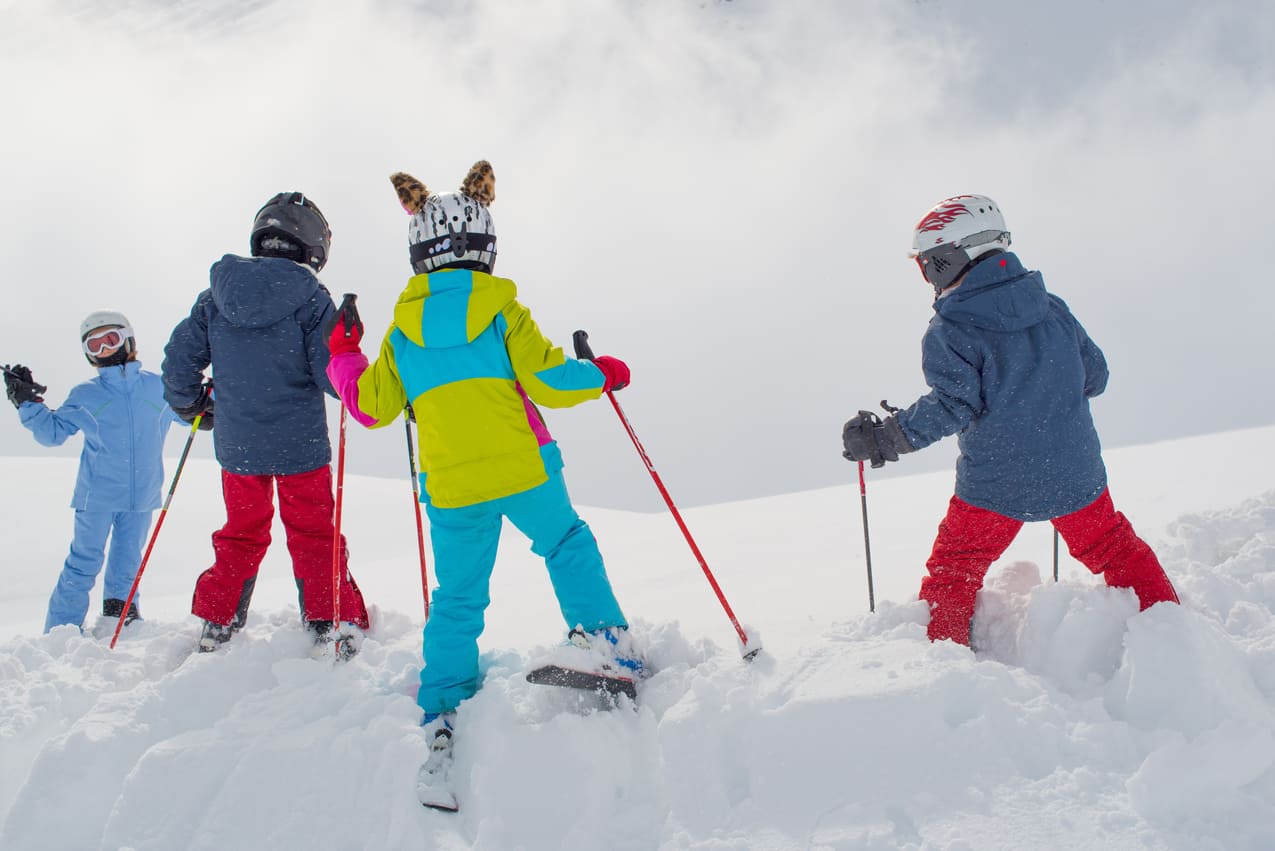
Choosing the right skis for your child is essential for their progression, control, and overall enjoyment on the slopes. The wrong size or type of skis can make learning difficult, reduce stability, and even increase the risk of falls.
The best kids’ skis should match your child’s age, height, weight, and skill level. Younger or beginner skiers benefit from shorter, more flexible skis, while more advanced skiers can handle longer, stiffer models that provide better performance at higher speeds.
✔ Ski Length – Shorter skis are easier to control, making them ideal for beginners. As your child improves, they can transition to longer skis for more stability at speed.
✔ Rocker vs. Camber – Rocker skis are easier to turn and better for powder or soft snow, while camber skis provide better edge control on groomed slopes.
✔ Flexibility – Softer flexing skis make turning easier for kids, while stiffer skis are better for aggressive, advanced skiers.
✔ Width & Shape – Wider skis offer more stability in powder, whereas narrower skis are better for hard-packed snow.
The ideal ski length is usually between the child’s chest and nose when standing upright. Below is a general reference:
| Skill Level & Age | Height (cm) | Recommended Ski Length (cm) |
|---|---|---|
| Toddler (3-5 years) | 90-110 | 70-90 |
| Beginner (6-8 years) | 110-130 | 90-110 |
| Intermediate (9-12 years) | 130-150 | 110-130 |
| Advanced (12+ years) | 150+ | Chin to head height |
🔹 Best Beginner Skis:
🔹 Best All-Mountain Skis:
🔹 Best Freestyle/Park Skis:
🔹 Best Powder Skis:
🔹 Best Race Skis:
✔ Consider rental skis for growing kids – Buying skis every season can be costly, so renting or leasing for the season may be a better option.
✔ Check ski bindings – Make sure the bindings are correctly adjusted to match your child’s weight and ability.
✔ Test before buying – If possible, try out different ski models at a rental shop before purchasing.
Choosing the right pair of skis will help your child progress faster, stay safe, and have more fun on the mountain! 🎿

For young beginners, ski poles are not necessary and can actually do more harm than good. Kids learning to ski should first master their balance, turns, and stopping techniques before introducing poles. Using poles too early can lead to poor posture, over-reliance on upper body movement, and difficulty learning proper ski technique.
However, for intermediate and advanced young skiers, ski poles can be helpful for:
✔ Parallel skiing – Helps with balance and timing in turns.
✔ Racing – Provides stability and momentum for quick turns.
✔ Steeper terrain – Assists in initiating turns and maintaining control.
✔ Ski touring – Essential for kids venturing into off-piste or backcountry skiing.
✔ Lightweight Material – Aluminum poles are the most common and provide a good balance of durability and weight. Carbon fiber poles are lighter and more flexible, but usually more expensive.
✔ Proper Length – To find the right size, turn the pole upside down and have your child hold it just below the basket. Their elbow should form a 90-degree angle.
✔ Ergonomic Grip – Soft rubber or foam grips ensure a comfortable hold, and adjustable straps prevent losing poles on the slopes.
✔ Durability – Kids can be rough on equipment, so look for poles with reinforced tips and sturdy baskets.
Here are some of the best ski poles for kids, suitable for various skill levels:
🔹 Leki Rider – A great all-around ski pole with an aluminum shaft, durable tip, and adjustable strap.
🔹 Salomon Kaloo – Lightweight and beginner-friendly, designed for young skiers who are just starting to use poles.
🔹 Rossignol Hero Jr – Ideal for kids interested in ski racing, offering a sturdy build and excellent grip.
🔹 Komperdell National Team Junior – Designed for young racers, featuring lightweight aluminum and a reinforced tip.
🔹 Atomic AMT Jr – A versatile ski pole for groomed runs and all-mountain skiing, with an ergonomic grip and durable build.
🔹 Black Crows Junius Poles – A great option for kids skiing varied terrain, featuring a stylish design and lightweight construction.
By waiting until the right time to introduce ski poles, kids can develop proper technique first, making them stronger, more confident skiers in the long run! ⛷️
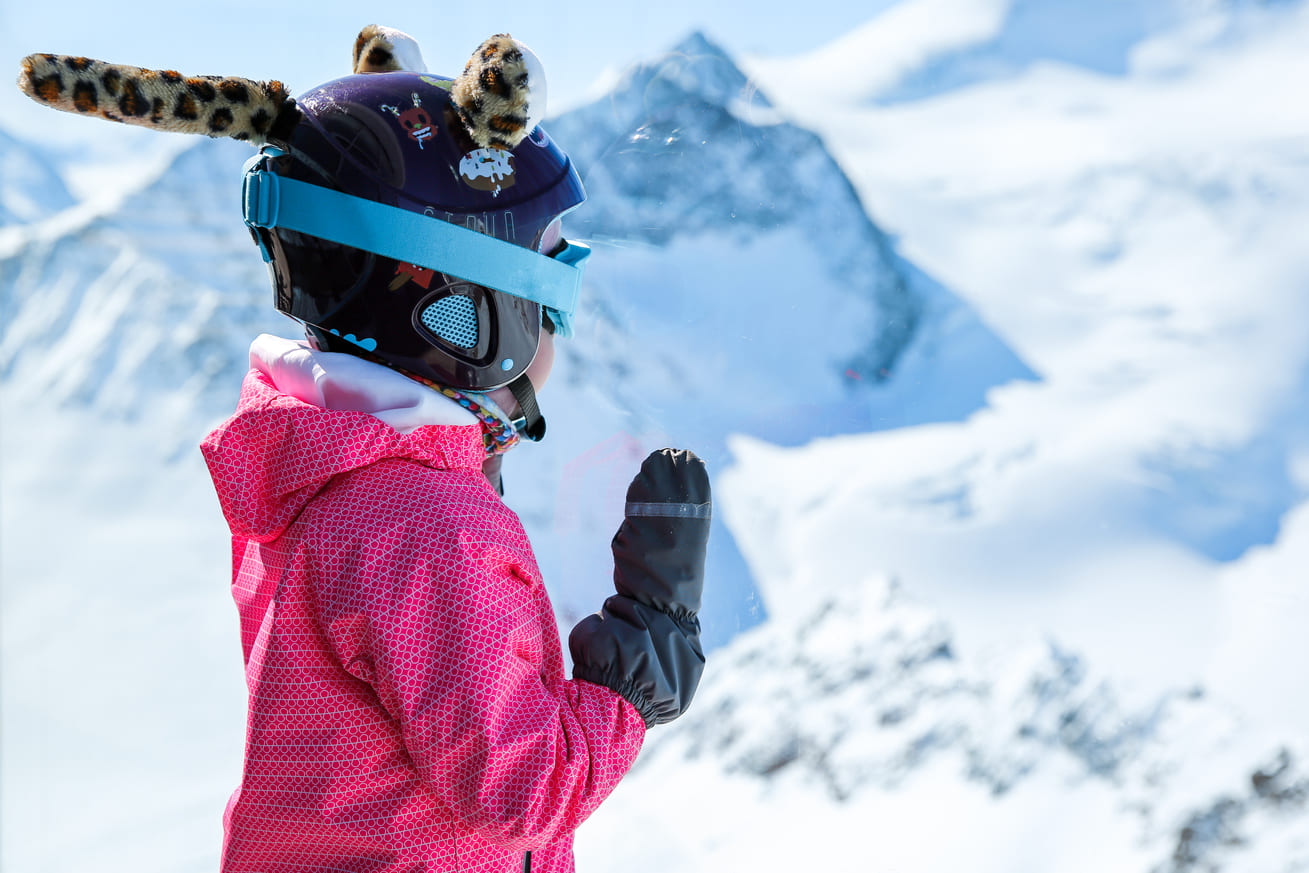
Nothing ruins a ski day faster than cold, wet hands. Kids are especially susceptible to cold fingers because their circulation isn’t as developed as adults’, making proper ski gloves or mittens a must for warmth and comfort. The right pair should provide insulation, waterproofing, and durability to keep little hands warm and dry all day long.
🧤 Mittens – Best for warmth because fingers generate and retain heat better when grouped together. Ideal for younger kids or extremely cold conditions.
🧤 Gloves – Best for dexterity, allowing kids to grip ski poles, adjust gear, and use zippers more easily. Suitable for older children who need more hand movement.
🧤 3-Finger Gloves (Lobster Gloves) – A hybrid of mittens and gloves, offering some dexterity while keeping fingers warmer than regular gloves. Great for kids who want the best of both worlds.
✔ Waterproof Material – Gore-Tex, DryVent, or other waterproof-breathable fabrics prevent moisture from soaking in, keeping hands dry.
✔ Insulation – Look for Thinsulate, PrimaLoft, or fleece lining for superior warmth without bulk.
✔ Long Cuffs – Gloves or mittens that extend over the jacket sleeve prevent snow from sneaking in.
✔ Wrist Straps & Leashes – Help keep gloves secure and prevent losing them on the ski lift.
✔ Grip & Reinforcement – Rubberized or reinforced palms improve durability and grip when holding ski poles.
✔ Touchscreen Compatibility – Some gloves allow kids to use phones without removing them, handy for parents tracking their location.
🔹 Hestra Army Leather Heli Jr – Premium option, combining durability, waterproofing, and warmth. Available in both glove and mitten versions.
🔹 Burton Youth Gore-Tex Gloves – High-quality waterproof and insulated gloves designed for all-day skiing.
🔹 Reima Ote Mittens – Excellent for young children, featuring a warm fleece lining and a windproof shell.
🔹 Columbia Whirlibird Gloves – Budget-friendly, insulated gloves with a grippy palm and a waterproof outer shell.
🔹 Dakine Tracker Jr Gloves – Well-insulated and breathable, perfect for active young skiers.
🔹 Outdoor Research Adrenaline Mitts – Affordable and warm, featuring a moisture-wicking liner and waterproof shell.
🔹 Spyder Overweb Gloves – Great for older kids, featuring stretch fabric for flexibility and Gore-Tex waterproofing.
🔹 Black Diamond Spark Mitts – Super warm mittens with extra reinforcement on palms for durability.
🔹 The North Face Montana Gloves – A well-rounded option with good insulation, waterproofing, and a wrist cinch to keep out snow.
Final Tips for Keeping Kids’ Hands Warm
✔ Always bring a backup pair – Kids lose gloves easily or might end up with wet hands after playing in the snow.
✔ Use hand warmers – Disposable heat packs can add extra warmth on extremely cold days.
✔ Avoid cotton liners – Cotton absorbs moisture, making hands colder over time. Stick to wool or synthetic liners.
✔ Make sure gloves fit properly – Too-tight gloves restrict circulation and too-loose gloves let cold air in.
Keeping your child’s hands warm and dry will ensure a full day of fun on the slopes without complaints of freezing fingers! ❄️⛷️
When it comes to keeping kids warm on the slopes, layering is the most important factor. Unlike bulky jackets that can restrict movement, a proper layering system traps heat, wicks moisture, and allows for easy temperature regulation. The key is to choose materials that are breathable, moisture-wicking, and insulating, so your child stays warm without overheating.
1️⃣ Base Layer (Thermal Underwear) – Moisture Control
2️⃣ Mid Layer (Fleece or Down Jacket) – Heat Retention
3️⃣ Outer Layer (Ski Jacket & Pants) – Protection from Wind & Snow
🔹 Best Base Layers (Thermal Underwear):
🔹 Best Mid Layers (Insulation Layers):
✔ Dress for the weather – Use thicker mid-layers on colder days and lighter layers for spring skiing.
✔ Avoid overdressing – Too many layers can make kids overheat and sweat, leading to cold chills later.
✔ Consider zippered layers – Half-zips or full-zip fleeces allow kids to adjust their warmth throughout the day.
✔ Always check the fit – Layers should be snug but not restrictive, allowing full movement without bunching up.
By mastering the layering system, your child will stay warm, dry, and comfortable on the mountain—ready for all-day skiing fun! 🎿❄️
Ski gear can be expensive, and kids grow fast. Should you rent or buy?
Renting Pros:
✔ Affordable for short-term skiing.
✔ No need to store or maintain gear.
✔ Easy to swap sizes as kids grow.
Buying Pros:
✔ More cost-effective if skiing frequently.
✔ Custom fit = better performance.
✔ Higher quality than rental gear.
📌 Best choice: If skiing 1–2 times per year, rent. If skiing regularly, buy.
Investing in the best ski gear for kids is the key to making their skiing experience safe, comfortable, and fun. The right equipment ensures that they stay warm, dry, and confident on the slopes, allowing them to enjoy skiing without distractions from cold fingers, foggy goggles, or ill-fitting boots.
When choosing gear, remember to prioritize fit, insulation, and waterproofing. A well-layered outfit, properly sized skis and boots, and quality accessories like gloves, goggles, and helmets can make all the difference in how much your child enjoys their time in the snow.
Whether you decide to buy or rent, focus on high-quality, functional gear that suits your child’s skill level and skiing style. Investing in good equipment not only improves performance but also reduces frustration and increases safety.
⛷️ Final Tips Before Hitting the Slopes:
✔ Double-check the fit of boots, helmets, and gloves before heading out.
✔ Layer properly to ensure warmth without overheating.
✔ Choose the right ski length based on your child’s height and skill level.
✔ Always pack extra socks and gloves – wet gear can ruin a ski day!
✔ Encourage kids to have fun and take breaks when needed.
Ready to hit the slopes? Make sure your child is properly equipped, well-dressed, and comfortable, and watch them fall in love with skiing for life!